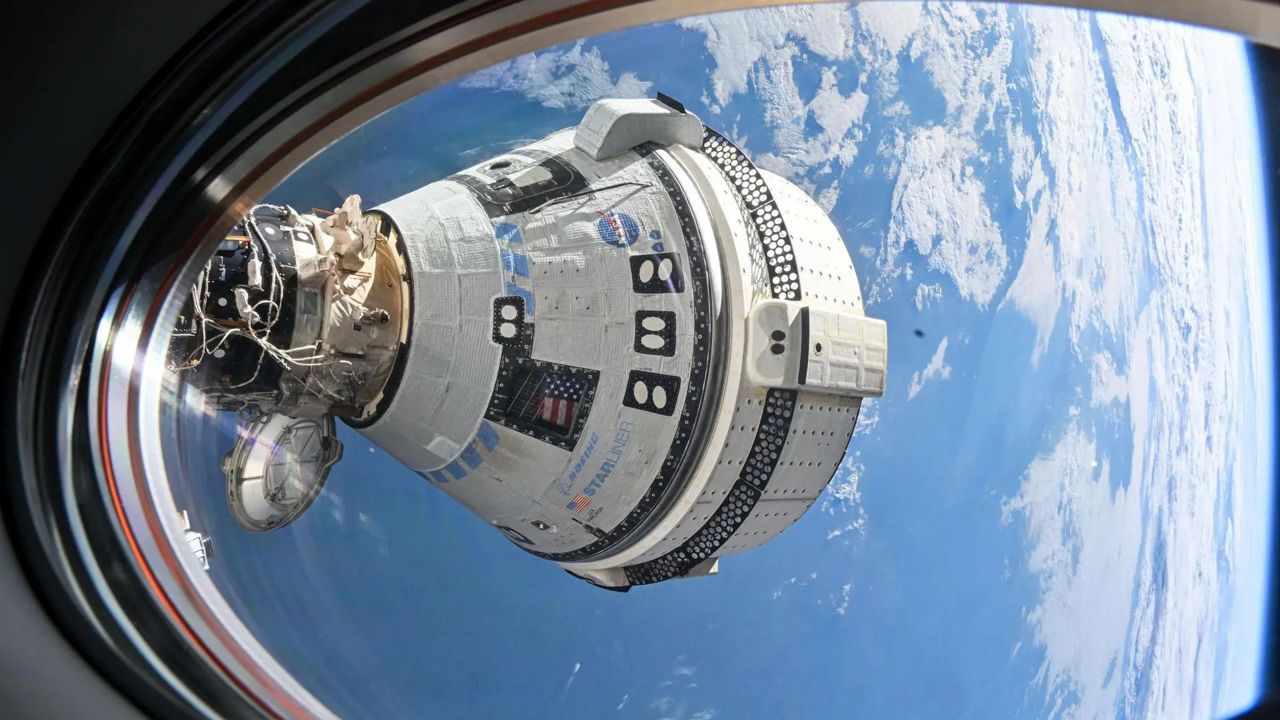CAPE CANAVERAL SPACE FORCE STATION — The troubled Boeing Starliner space capsule now has a plan to return back to Earth, but without its two astronauts.
What You Need To Know
- The empty Starliner space capsule will undock from the International Space Station no earlier than Friday, Sept. 6
- Get more space coverage here ▶
- 🔻Scroll down to view the interactive Starliner mission events🔻
NASA announced on Thursday that Boeing’s Starliner will be returning home in a near-six-hour journey next week.
Originally, the Starliner’s maiden crewed flight was going to send up astronauts Cmdr. Barry “Butch” Wilmore and pilot Sunita “Suni” Williams to the International Space Station for eight to 10 days and then return the pair.
However, helium leaks and thruster issues on the capsule’s service module eventually forced NASA to announce that the Starliner was not safe to return Williams and Wilmore.
NASA confirmed that the duo will be stuck on the space station until February 2025 and will hitch a ride on SpaceX’s Dragon capsule with the Crew-9 members. The Crew-9 is set to launch in September.
So, the empty Starliner space capsule will undock from the International Space Station’s Harmony module no earlier than 6:04 p.m. ET, Friday, Sept. 6, NASA explained.
“After undocking, Starliner will take about six hours to reach the landing zone at White Sands Space Harbor in New Mexico. The spacecraft will touch down at about 12:03 a.m. on Saturday, Sept. 7, descending under parachutes and with inflated airbags to cushion the impact. Recovery teams at the landing zone will safe and prepare the spacecraft for a return to Boeing’s Starliner factory at NASA’s Kennedy Space Center in Florida,” NASA confirmed.
The U.S. space agency explained further that mission managers and flight controllers updated the Starliner systems that will allow it to return autonomously.
In fact, Starliner Mission Control in Houston and at Boeing Mission Control Center in Florida are able to control Starliner remotely.
“Teams on the ground are able to remotely command the spacecraft if needed through the necessary maneuvers for a safe undocking, re-entry, and parachute-assisted landing in the southwest United States,” NASA stated.



